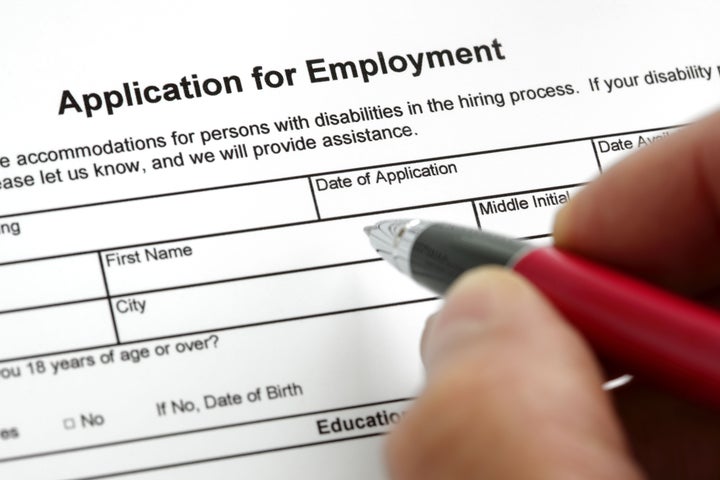
While Latinos were particularly hard hit by the recent recession, new evidence indicates that they are benefiting from modest improvements in the nation's economy.
Latinos as a group account for just 15 percent of the nation's workforce, but they have "racked up half the employment gains posted since the economy began adding jobs in early 2010," according to Labor Department statistics cited by the Los Angeles Times.
The Labor Department figures show that of the 2.3 million jobs added to the economy last year, 1.4 million, or 60 percent, were filled by Latinos. The sectors where they gained a large share of jobs included hotels, food services, healthcare and manufacturing.
The statistics represent a glimmer of hope for a group that makes up only 16 percent of the nation's population but suffered disproportionately from the economic downtown.
According to a recent report by Pew Hispanic Center, median household wealth, comprised of all assets minus all debt, plummeted by 66 percent for Latinos from 2005 to 2009, a time span which includes the housing market crash and the recession. By comparison, median household wealth among blacks dropped by 53 percent in the same time period, and 16 percent among whites.
The poverty rate among Hispanics increased by nearly six points between 2006 and 2010, from 20.6 percent to 26.6 percent, according to Pew. For whites, poverty rates jumped from 8.2 percent to 9.9 percent. For blacks, the rate swelled from 24.3 percent to 27.4 percent.
At 10.5 percent, the Latino unemployment rate in January 2012 was the lowest in three years,
according to the Labor Department. Nationally, the overall unemployment rate dropped to 8.3 percent as American employers added 243,000 jobs in January.
The Economic Policy Institute estimated that an additional 400,000 jobs per month were necessary to return the unemployment rate to its pre-recession level of 5 percent by mid-2014, according to the monthly Latino employment report by the NCLR. A large part of January's employment growth occurred in professional and business services, leisure and hospitality, which includes 33,000 new employees in food services and drinking places.
So far, Latinos are the only demographic group whose employment numbers have returned to pre-recession levels, the Los Angeles Times reported:
The latest Latino jobless rate of 10.5% remains higher than the overall rate of 8.3% for the nation and 7.4% for whites, partly reflecting their large immigrant population (foreign-born U.S. workers tend to have higher unemployment because of a variety of factors) as well as education and skill levels.
Why are Latinos doing better now than other groups? The Los Angeles Times reports that "they might be more willing to take low-wage, temporary jobs. And they tend to be more mobile, willing to move from one county to another to get a job."
When the recession started in late 2007, the Hispanic unemployment rate was 6.3 percent nationwide and 6.4 percent in California, where more than 14 million of the nation's 50.5 million Latinos live, the Los Angeles Times reported:
As the economy worsened, the jobless rate for Hispanics hit a peak in November 2010 at 13.1 percent nationally and 14.7 percent in California. Since then, those rates have fallen to 10.5% and 13.8%, respectively.
Recent employment gains among Latinos offer a glimpse into "America's two-speed recovery," according to The Atlantic:
One true story of the recession is that employment gains have been biased toward the highly educated. More than half of the jobs added in 2011 went to Americans with a college education. Another true story of the recession is that most of the other jobs have been low-paid and went to the less-educated. Educational attainment among Hispanics remains very low. Just 10% of foreign-born and 13.5% of native Latinos have finished college, placing the group's completion rate at about a third of the national average.
A LOOK AT THE LATINO POPULATION:
WATCH RELATED:
